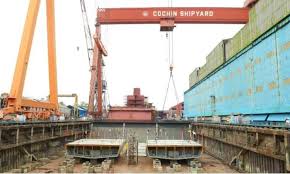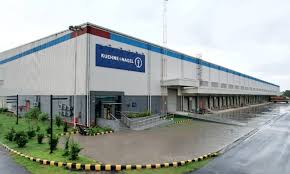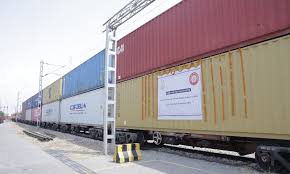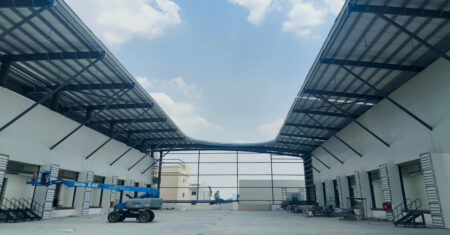According to the Airports Council International (ACI) Asia-Industry Pacific’s Outlook, there has been a cautious sense of optimism for the aviation industry following the relaxation of travel restrictions and successful immunisation programmes in several areas of Asia-Pacific and the Middle East.
Overview
The recovery in the Asia-Pacific and Middle East regions is benefiting from high pent-up demand after a chaotic first quarter marked by severe travel restrictions, the suspension of international air traffic in some areas of the region, and geopolitical conflict. The geopolitical instability in eastern Europe and its related effects on global macroeconomics, notably high inflation, rising energy prices, and interruptions in supply chains, remain significant obstacles for the industry despite signs of stabilisation. The supply and demand for air travel are still being negatively impacted by all of these external forces, at least to some level.
ACI Asia-Pacific Director General Stefano Baronci said: “As a result of a successful vaccination campaign that covers an average of 74% of the population across the region, travel restrictions are being gradually phased out across the region, fuelling strong demand for air travel. Though 2022 looks to be a more positive year for the sector, there will be bumps in our road to recovery, especially in light of the uncertain macroeconomic scenario. As part of our efforts to further enhance airports’ role as engines of economic and social progress in a safe and sustainable manner, ACI Asia-Pacific, at the recent ICAO 57TH Conference of Directors General of Civil Aviation for Asia and Pacific Regions in Incheon, Republic of Korea, urged the regulators to work closely with the industry to enhance manpower and operations to ensure a smooth traveller experience and
Health protocols are harmonised as much as possible. ACI Asia-Pacific will continue to collaborate with our members to help the industry recover.
Cargo Traffic
Cargo markets in Asia-Pacific and the Middle East continued to remain robust, driven by a resurgence of air cargo volumes in China and the re-routing of Europe-Asia cargo through Middle Eastern hubs to avoid Russian airspace. Recent improvements in supply chain constraints and the easing of COVID restrictions in China are expected to ease market conditions and drive demand for air cargo. The index based on actual cargo tonnage indicates that in Q1 2022, air cargo volumes are above Q1 2019.
levels across the majority of sub-regions. The sub-regions with the largest cargo shares in the region are Emerging East Asia (China, Mongoliaion are Emerging East Asia (China, Mongolia, and Democratic People’s Republic of Korea) at 32%, followed by Developed East Asia (Japan, Republic of Korea, Chinese Taipei, Hong Kong & Macau) at 30%, and the Middle East (Bahrain, Kuwait, Oman, Saudi Arabia, UAE, Iraq, Iran, Jordan, Yemen & Qatar) at 16%, and Southeast Asia (Brunei, Cambodia, East Timor, Indonesia, Laos, Malaysia, Myanmar, Philippines, Thailand, Vietnam & Singapore) at 15%.
Airport Revenues and Expenditures
Despite an improving trend, airport financial margins continue to remain far below pre-pandemic levels and are economically unsustainable. Quarterly revenues remain 60% below 2019, which is a similar level compared to 2021, indicating that revenues continue to remain at unsustainably low levels, leading to large operating losses incurred by airports. Total operating expenditures have declined in Q1 2022 compared to 2019 and this decline has narrowed slightly compared to Q1 2021. This demonstrates that airport operators are making efforts to limit expenditures.
Workforce at Airports
Airports in the Middle East and Asia-Pacific are carefully handling the risk of a deficit in workforce at airports. In comparison to Europe and other parts of the world, airports in Asia-Pacific and the Middle East have experienced less severe manpower shortages, which affect the entire aviation ecosystem, including airlines, government agencies, ground handling, security, check-in, and so on.This was mainly due to two concurrent factors: the long-term vision of several airports to retain their staff despite the challenging time; and to the moderate recovery of traffic compared to other regions in the world. With reference to the latter, Asia-Pacific is expected to have the slowest recovery, reaching only 62% of 2019 levels in 2022. This is giving our airports and other aviation stakeholders time to address the challenges and simultaneously work on introducing digital technologies and reskilling and upskilling staff, providing better career development to make airports a more attractive place for long-term careers.











